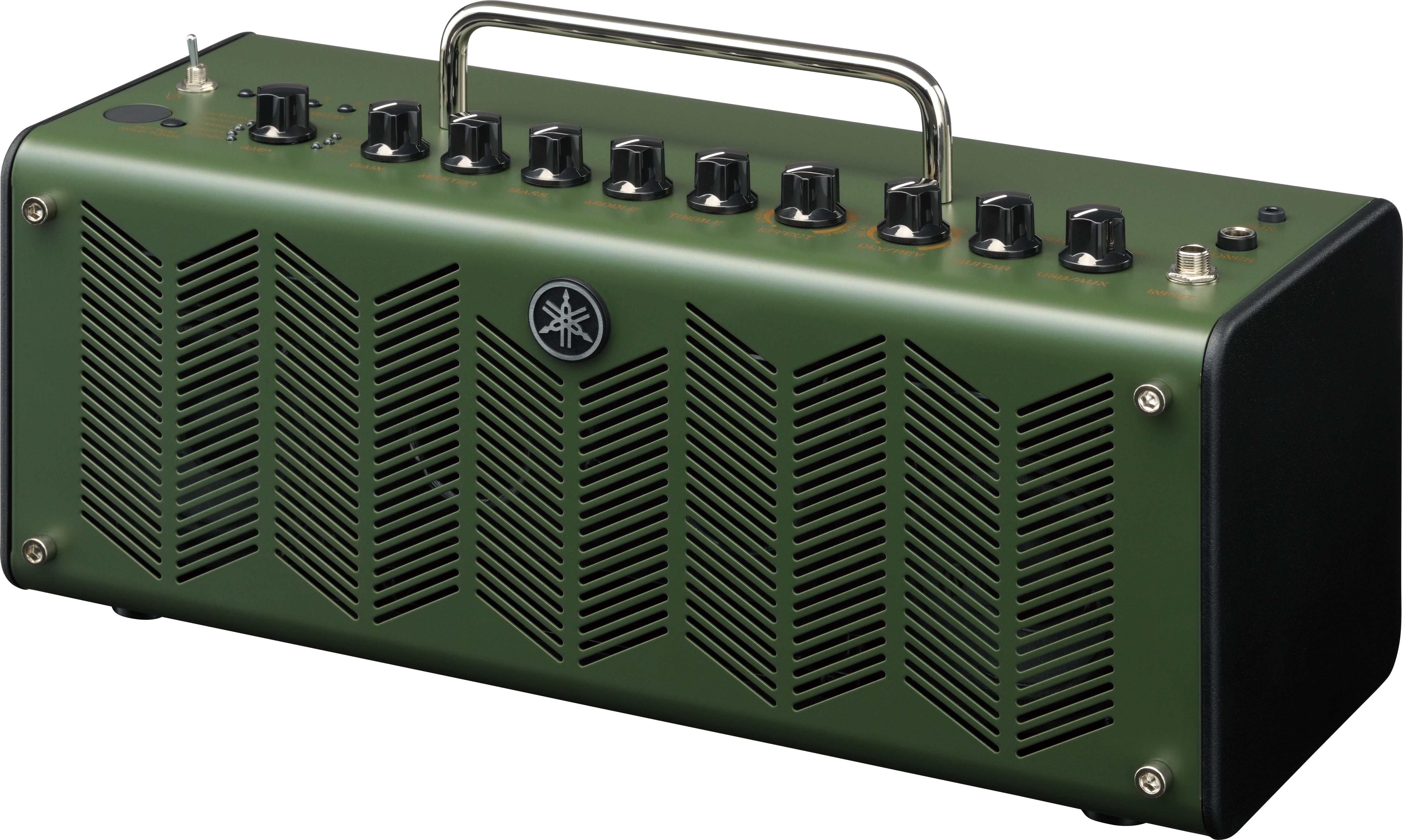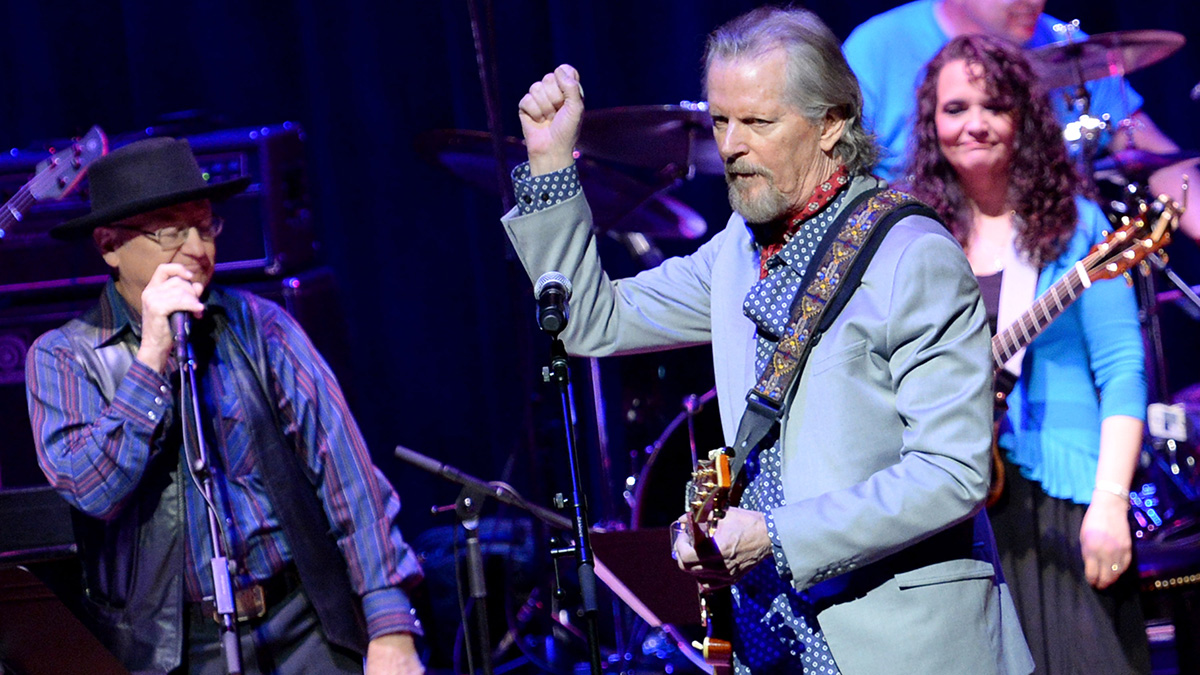Yamaha THR10C and THR10X review

It wasn’t all that long ago—2012 to be exact—that Yamaha surprised us all with the THR10, which I called “one of the most impressive recording and practice amps I’ve ever played.”
Like The Matrix, Yamaha has released its part two and three sequels in close succession, but unlike The Matrix, the company’s two new THR10C and THR10X combo amps are just as good, if not better, than their predecessor.
Whereas the THR10 was designed to provide sort of a “one-size-fits-all” assortment of tones, the THR10C and THR10X offer amp and effect models targeted for more specific playing styles.
The THR10C delivers classic amp tones that a re ideal for blues, country and classic rock, while the THR10X focuses on the high-gain territory that metal and hard rock players prefer. Like the original THR10, both are compact, portable and versatile amps packed with features like preset storage, USB connectivity, AC- or battery-powered operation, “extended stereo” output, detailed editing via THR Editor software and much more.
Features
The THR10C and THR10X share the same stereo 10-watt (two x five-watt) design as the THR10 and feature two eight-centimeter full-range speakers housed in a metal chassis. The top-mounted control configuration on both models is also identical, providing five user memory switches, a tap-tempo/tuner switch and display, a rotary amp-model selector with eight settings, and knobs for gain, master, bass, middle, treble, effect, delay/reverb, guitar output, and USB/aux output. There’s also a 1/4-inch guitar input, a 1/4-inch headphone output jack, and an 1/8-inch auxiliary input jack.
A USB connector and jack for the included 15-volt AC adaptor are located on the back panel, and an easy-access panel for loading eight AA batteries is on the bottom.
The main difference between the two amps is the selection of VCM (Virtual Circuitry Modeling) amp models. The THR10C provides Deluxe, Class A, U.S. Blues, Brit Blues, Mini, Bass, Acoustic and Flat amp models, while the THR10X offers Power I, Power II, Brown I, Brown II, Southern Hi, Clean, Bass and Flat models. The VCM effect models on both are similar, consisting of chorus/flanger/phaser/tremolo selected by the effect knob, but the THR10C’s delay/reverb control features tape echo/echo-reverb/spring/hall while the THR10X replaces the tape echo with digital delay.
The five memory locations can save front-panel amp, EQ and effect settings as well as parameters that are edited using a computer and THR Editor software, which allows users to tweak a variety of settings for noise gate, compression and the top-panel amp and effect models in fine detail, something that’s not accessible from the amp itself. The USB jack also allows users to play computer audio file through the THR amp or directly record audio using digital audio software like Cubase AI, which is included with the amp.
Performance
While the amp and effect models on the THR10C and THR10X are more focused toward specific styles of music than the original THR10, both are exceptionally versatile amps that deliver a broad palette of excellent tones.
The THR10C excels at its variety of clean and overdrive tones, but the Class A, U.S. Blues and Brit Blues models can deliver satisfyingly raunchy distortion with tons of aggressive character. The THR10X is pretty much pedal to the metal on its five basic amp models, producing various flavors of super-saturated distortion with varying bass and midrange personalities. The Southern Hi model should really be called Texas Tone, as it covers a range from ZZ Top Eliminator crunch to Pantera Cowboys from Hell sizzle.
Both amps sound much bigger than their size, and they even sound huge when the volume is turned up just above a whisper, so apartment dwellers can jam late at night without anticipating a surprise visit from the cops. The only feature missing is a line output or some other way of connecting the THR to a bigger speaker cabinet or external amplification source, as the twin eight-centimeter speakers aren’t loud enough to gig with on their own.
The THR amps are really best suited for use in recording studio or home environments. If you’re looking for a quick, easy way to get a huge variety of sounds that you can take pretty much anywhere, the THR10C and THR10X are unbeatable bargains for classic and metal guitarists, respectively.
Cheat Sheet
List Price $460
Manufacturer Yamaha Corporation, yamaha.com
The olive green THR10X is designed for metal players, while the basic-black THR10C offers a selection of sounds ideal for blues, country and classic rock guitarists.
- The THR10X offers five high-gain amp models, plus Clean, Bass and Flat models, as well as 10 effect models, including a compressor and noise gate, accessible via software.
- The THR10C has five classic amp models, plus Bass, Acoustic and Flat models, and it has effects similar to those on the THR10X, but with tape echo modeling instead of digital delay
The THR Editor software package provides detailed control of various amp and effect model parameters via your PC.
The Bottom Line
Yamaha’s THR10C and THR10X modeling combo amps may provide entirely different tones geared toward specific music styles, but they’re every bit as versatile as the original THR10.
Get The Pick Newsletter
All the latest guitar news, interviews, lessons, reviews, deals and more, direct to your inbox!
Chris is the co-author of Eruption - Conversations with Eddie Van Halen. He is a 40-year music industry veteran who started at Boardwalk Entertainment (Joan Jett, Night Ranger) and Roland US before becoming a guitar journalist in 1991. He has interviewed more than 600 artists, written more than 1,400 product reviews and contributed to Jeff Beck’s Beck 01: Hot Rods and Rock & Roll and Eric Clapton’s Six String Stories.

